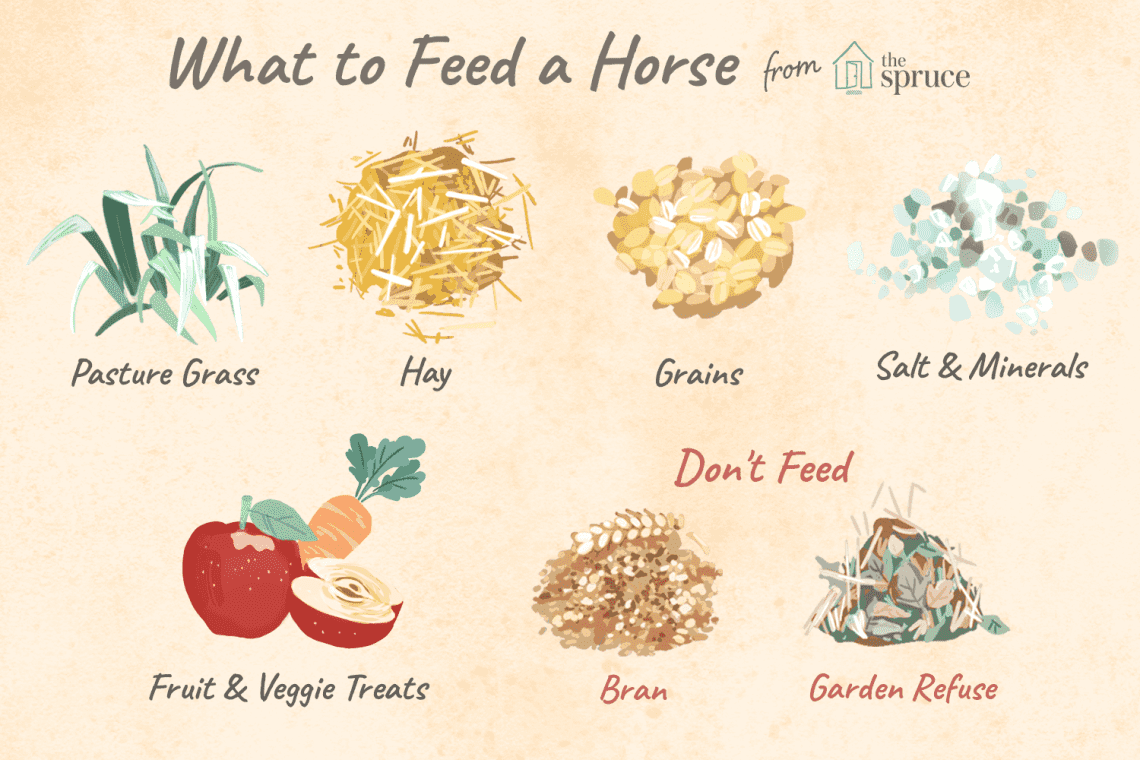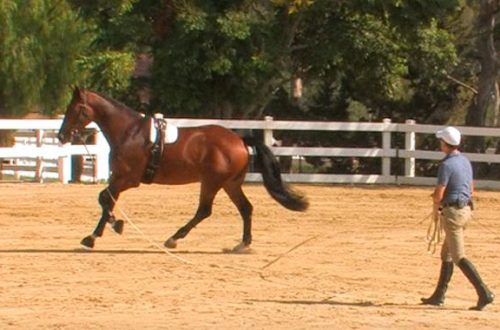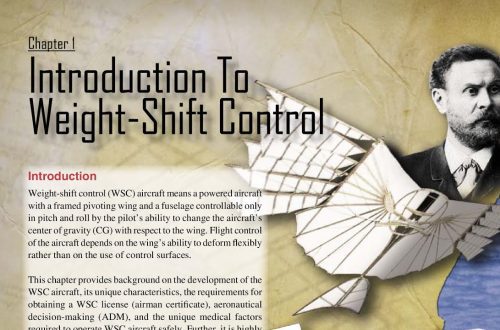
What you need to know to formulate a horse diet
What you need to know to formulate a horse diet
You know the basics of horse nutrition, but when it comes time to create a balanced diet for a particular horse, you freeze with fear? Don’t worry. It’s true that there are complex calculations to determine optimal nutrient levels, but it’s also true that you don’t have to do too much math to keep your horse healthy. Your horse will show you that he is getting good nutrition – with a shiny coat, a good appetite, a satisfied look and energy.
If you feed quality forage and grain, I can reasonably assure you that your horse’s food will meet his daily needs. But during growth (especially in the first year of life), during lactation, in the last three months of pregnancy, and in some other cases, horses may need additional nutrition. Diet balancing is also necessary if the forage you are feeding is of poor quality and you cannot replace it promptly.
A horse’s daily menu should include about 40 different nutrients: the proper amount of carbohydrates and protein; 15 minerals, including chlorine; 14 vitamins, plus beta-carotene; fats; water; and at least four amino acids (lysine, methionine, tryptophan, and threonine). Regular feeding often provides all the relevant needs of the animal.
Typically, the diet is deficient or excessive in protein, digestible carbohydrates (DE), calcium, phosphorus, and selenium. For growing horses add to this list zinc and copper. For adult horses, levels of these two beneficial minerals are usually within the normal range in any diet. Vitamin A and E deficiencies can be a problem when rearing young horses, and then only during the winter months when they do not have access to pasture. Therefore, these nutrients must be taken into account when formulating a diet.
Before you take the calculator, you need to clarify a few things: 1) At what stage of life is your horse? Is it a growing foal, a nursing mare, an adult hobby horse, or a champion running a hundred miles of endurance? Your horse’s status will be important in calculating the nutrients he needs. 2) Is your horse idle or doing light, medium or heavy work? Should its loads be increased, reduced or remain unchanged? 3) Are you satisfied with the horse’s condition? Perhaps he is too fat or too thin? 4) What feeds are available to you? What is their price? It makes no sense to formulate a diet based on foods or ingredients that are not available in your area, or that you cannot afford financially.
Next, you must find out the weight of your horse. The most accurate way to determine its weight is to weigh the horse on a scale specifically designed for horses, but you probably won’t have access to such equipment unless you live near a veterinary university.
A rough estimate of your horse’s weight can be obtained using a “bust girth” tape, available from many feed stores (note that they are sometimes “mistaken” by more than a hundred pounds and are completely useless for pregnant mares whose chest girth does not correlate with weight).
A more accurate result can be obtained using the following relatively simple formula:
Horse weight in pounds = (chest in inches)² x horse length in inches / 330
The length of the horse is measured from the front point of the shoulder to the coccyx.
1 lb – 0.4536 kg
1 inch – 2.54 cm
You can also use the calculator provided in this link: http://www.thehorse.com/articles/31852/adult-horse-weight-calculator
Once you know your horse’s weight, use a simple rule to determine how much food your horse should eat per day. The total weight of feed per day should be between 1,5 and 3% of your horse’s body weight.
For example, a gelding Morgan weighs 500 kg, which means that he needs from 7,5 to 15 kg of feed (hay plus grain). Within this range we regulate feeding. If Morgan is overweight and does only light work, take the lower value at 7,5 kg a day. If he is in a normal condition and has a high intensity exercise, he will need about 15 kg of feed per day (upper scale value) to provide the energy he needs.
1. Weigh the feed
To apply these calculations effectively, you must weigh your horse’s feed. Many owners are accustomed to estimating the amount of feed (“this horse gets half a scoop; this one gets a whole scoop; that pony gets a handful”). Weigh both hay and grain your horse receives at least a few times.
Visually identical bales of hay can differ in weight by 2,5 times or more. The tiles that make up the bale also differ in weight. The easiest way to determine the weight is to bring an ordinary household scale into the barn. Stand on them to find out your weight; then repeat the weighing with a bale of hay in hand. Subtract your weight from the weight with the bale in hand to get the weight of the bale. Then open a couple of bales and weigh a few different tiles. By determining the average, you’ll have a much more accurate idea of how much hay you’re actually giving your horse when you toss “three tiles for dinner.”
You can weigh the grain on an ordinary kitchen scale. (Don’t forget to subtract the weight of the bucket you use to scoop up the grain.) Remember that different types of grain have different densities and energy values. Therefore, when switching to a new grain, you must repeat the weighing process to make sure you are giving an equivalent weight and not an equivalent volume. A liter bucket of corn will have significantly more energy than a liter bucket of oats – and if you give a bucket of corn to a horse used to a bucket of oats, you get an excitable horse. (Keep in mind that horses take many days to adjust to changes in caloric intake, so introduce them gradually.)
2. Determine the ratio of feed in the diet
As a general rule, hay should be at least 50% of a horse’s diet.
So out of the total amount of food (1,5% – 3% of body weight), an adult horse should receive at least 0,75% (of body weight) of grass, hay or other sources of fiber. Of course, she can also get 3% (of body weight) grass or hay if she keeps her condition well and / or does not work or does light work.
Let’s return to our gelding Morgan weighing 500 kg. If it easily supports weight and is used only for walking, then it may well live on receiving 7,5 kg of hay per day. If he is very active (high level sport horse) then he may need a daily ration of 7,5 kg of hay and 7,5 kg of grain to provide energy for performances (15 kg total or 3% of his weight). When you make this calculation, remember that there is some room for adjustment and that it is best to allow an additional 10-15% on top for hay loss when feeding.
3. We balance the diet
If you have good quality pasture and/or hay and if you are feeding a ready-made, balanced grain mix, then the two points above will suffice.
But to make sure your horse is getting enough protein, calcium and phosphorus, compare their required values with theirs. the sum of the ingredients of the formulated diet.
For example, if you are feeding your stud stallion 15% crude protein alfalfa hay (hay analysis can be done) and it makes up 50% of his diet, choose low protein grains (less than 10%) to balance out the protein rich hay.
If you feed him 8% protein cereal hay, you can afford grain with a higher protein content. It is generally difficult to create a protein deficiency in an adult horse; but for a young, growing horse or nursing/foaling mare, protein, calcium and phosphorus are essential. Purchasing a ready-made feed formulated for the life stage your horse is in is the easiest approach – it can save you a lot of trouble (and save your calculator batteries).
Finally, remember the important points:
1. When switching from one type of food to another, do it gradually over several days or even weeks. Start with a small amount and gradually build it up to the desired level.
2. Review the horse’s diet if he is not working (for example, an injury does not allow him to be taken out of the stall). She probably won’t need as much grain as she eats when she’s working full time. Consult with your doctor about what diet would be appropriate in this case.
3. Remember, feed by weight, not by volume! If you are switching from bean hay to grass hay, weigh the bales to determine the right amount of hay. Likewise, if you’re switching from oats to oatmeal—and even if you’re switching from one brand of prepared food to another—weigh the amount of the old serving your horse ate, then weigh the new serving to figure out what the comparable amount would be. They won’t necessarily be the same.
4. Although a normally healthy horse has a good appetite, some horses are picky eaters. Feeding a picky horse may require some experimentation to find out what kind of food he finds most acceptable.
5. If the horse sweeps away all the food and still seems hungry, but he is not overweight, increase the amount of hay by 10%. But the amount of grain can be increased only if the horse looks lethargic or has increased physical activity.
6. Ask local agronomists about the actual level of selenium in the soil. Be careful to only use selenium supplements if you live in deficient areas, and never combine multiple selenium-rich foods and supplements. The level of toxicity of this mineral is unusually low, i.e. very small amounts can cause signs of poisoning in a horse.
7. Give your horse XNUMX/XNUMX access to water!
8. Soaking hay can significantly reduce dust levels. If you have no choice but to feed dusty hay, or if you have horses with breathing problems, wet each bar very thoroughly before feeding. Soaking hay can also reduce the amount of sugar in it, which is helpful if you have an insulin resistant horse that is prone to obesity.
9. Most grains have an undesirable ratio of calcium to phosphorus: they contain more phosphorus than calcium. But with hay, which contains more calcium than phosphorus (especially in the case of legumes), your horse’s diet will have a normal calcium:phosphorus ratio of 1:1 or slightly higher. However, if you are feeding high concentrates and low hay and roughage, calcium supplements may be needed to balance the diet.. Check with your veterinarian if you are unsure of the correct calcium:phosphorus ratio for your horse’s diet.
10. When you buy ready-made balanced feeds and combine them with good quality hay, additional vitamin/mineral supplementation is not only unnecessary, it can unbalance the ration. In the worst case, this will lead to a dangerous excess of certain substances; at best, it’s a waste of money.
11. It is better to feed in small portions and often. Horses fed three or even four small meals a day have a significantly lower incidence of colic and other health problems than those fed only one or two large meals a day.
12. It is impossible to get good condition even from very good feeding if the horse has bad teeth or if he has intestinal parasites. Check your horse’s teeth twice a year (or more often if needed) and deworm regularly.
Creating a balanced diet is not the most difficult task. But if you have any questions, be sure to check with your veterinarian or nutritionist!
Karen Briggs
Translated by: Kuzmina V.N.





